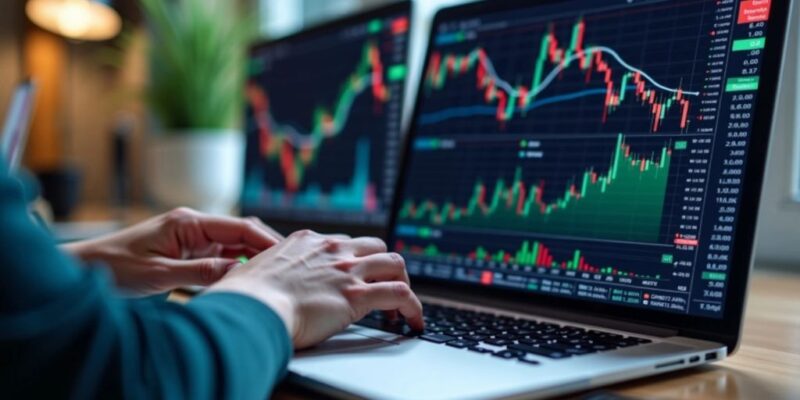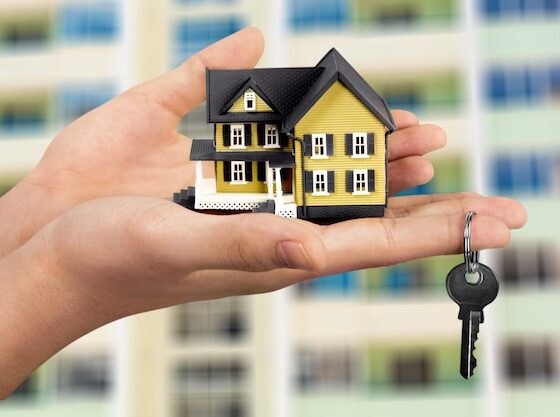In an age where the pulse of financial markets beats faster than ever, aspiring traders and seasoned investors alike often find themselves wrestling with an intricate web of data and risk. The allure of real-time trading is unmistakable, yet the potential for significant losses can loom large, casting a shadow over your ambitions.
But what if you could immerse yourself in the vibrant dynamics of market fluctuations without the weight of real-world repercussions? Welcome to the world of simulated trading environments, where creativity meets strategy. Here, you have the unique opportunity to hone your skills, test your theories, and build confidence in your trading approach—all while circumventing the trepidation that comes with actual financial stakes.
This article will guide you through the essential steps to recreate the exhilarating experience of real-time markets, enabling you to develop a keen market sense without jeopardizing your capital. Dive in, and discover how to fuse learning with experimentation in a risk-free arena.
Understanding Real-Time Markets: Key Concepts and Dynamics

Understanding real-time markets involves grasping a myriad of interconnected concepts and dynamic interactions that drive trading behavior. At their core, these markets operate on immediate feedback loops where buyers and sellers respond to rapid fluctuations in supply and demand, influenced not only by economic indicators but also by market sentiment and news cycles.
Take, for example, the role of liquidity — a critical factor that ensures transactions can occur swiftly, minimizing the risk of large price swings. Tools like the depth of market (DOM) feature from platforms like https://www.multicharts.com/features/dom/ allow traders to visualize and analyze order flow in real-time, providing deeper insights into market liquidity and potential price movements. Yet, it’s not just about the numbers; psychological elements play a significant role, as traders’ emotions can sway decisions, causing unexpected surges or drops in prices.
Furthermore, technology has transformed how these markets function, enabling high-frequency trading algorithms to execute vast numbers of trades within milliseconds, often outpacing human decision-making. This intricate web of factors underscores the need for a thorough understanding of the mechanisms at play if one aims to recreate the fast-paced environment of real-time markets without incurring real risks.
The Benefits of Simulated Trading Environments

Simulated trading environments offer an extraordinary gateway to understanding the complexities of real-time markets without the weight of financial loss. Imagine stepping into a vibrant marketplace where every decision, from buying to selling, can be exercised without the fear of failure.
Here, beginners can hone their skills and strategies, while seasoned traders can experiment with innovative approaches and refine their techniques. Not only do these platforms replicate the ebb and flow of actual trading, but they also foster an atmosphere of learning and exploration.
The risk-free nature encourages users to embrace trial and error—what would they do in a fluctuating market? The possibilities are endless! From analyzing trends to backtesting strategies, a simulated environment provides a haven for cultivating financial acumen, ultimately leading to greater confidence when real stakes are on the line.
Tools and Platforms for Creating Real-Time Market Scenarios

To recreate real-time markets without incurring actual risks, leveraging the right tools and platforms is essential. Innovative software like MetaTrader, NinjaTrader, and Thinkorswim allows users to simulate trading environments that closely mimic live market dynamics.
These platforms boast customizable dashboards and advanced charting capabilities, empowering traders to visualize trends and test strategies under fluctuating conditions. Additionally, data analytics tools like Python libraries or R can process vast datasets, enabling users to create predictive models that yield insightful scenarios. For those seeking a more tactile approach, virtual trading simulators offer a hands-on experience, where even novice traders can feel the thrill of decision-making without financial consequences.
The fusion of these technologies paves the way for a versatile and risk-free exploration of market behaviors, transforming theory into practical knowledge.
Conclusion
In conclusion, recreating real-time markets without incurring actual risks is not only feasible but also an essential strategy for traders looking to sharpen their skills and refine their strategies. By leveraging advanced tools and platforms, such as the innovative features offered by MultiCharts, traders can simulate market conditions and make informed decisions without the pressure of real financial consequences.
This approach not only enhances a trader’s confidence but also builds a strong foundation for successful trading in live markets. As technology continues to evolve, the integration of realistic market simulations into trading education will undoubtedly serve as a cornerstone for the next generation of successful traders.


